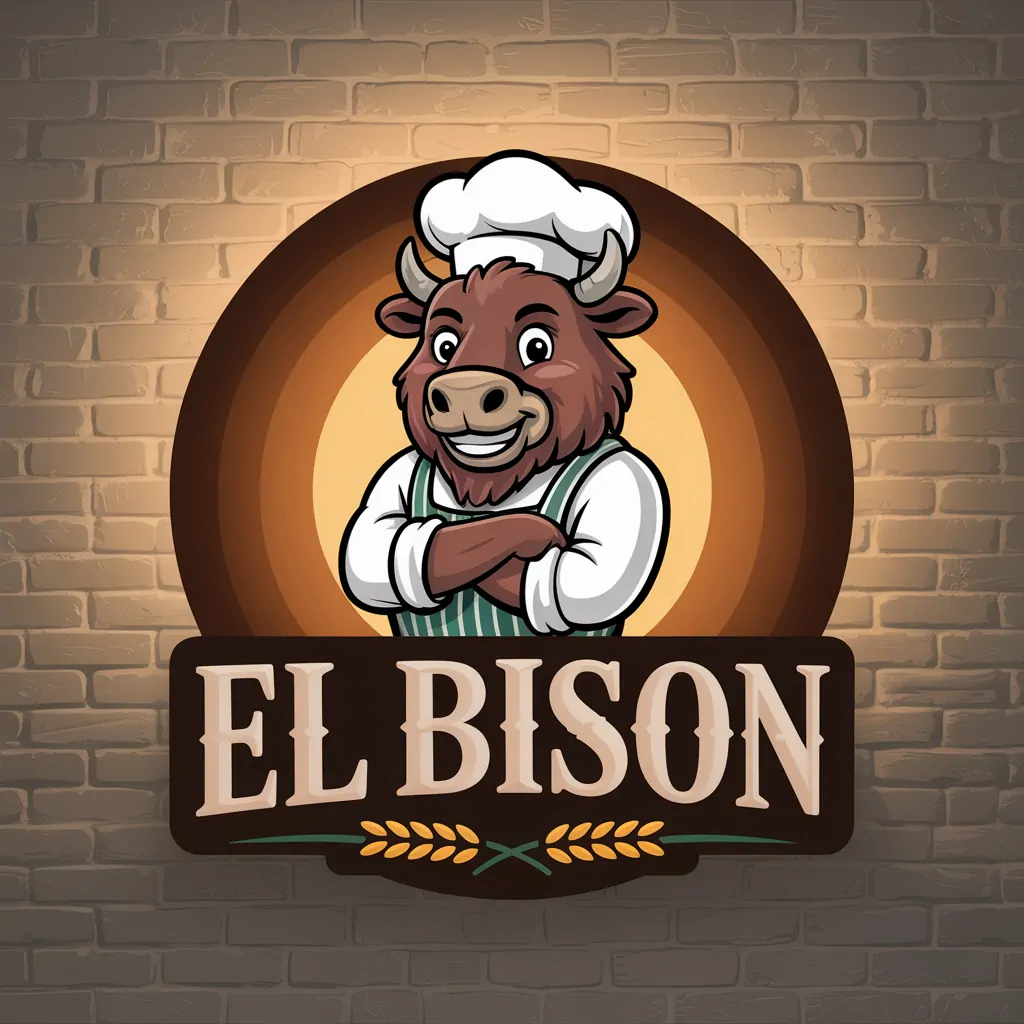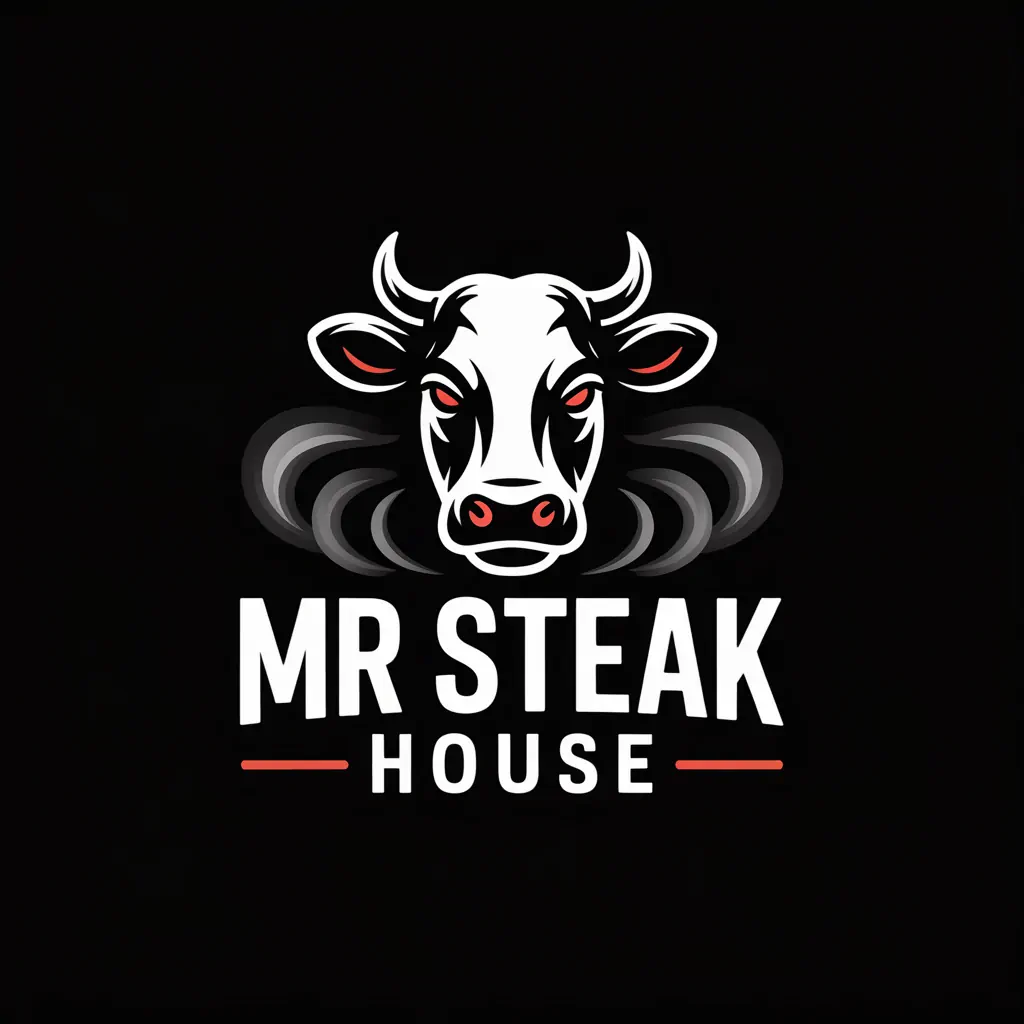Grill
Browse premium domain names carefully selected for your industry.
Your brand should have a name that sounds as delicious as it looks. A top-notch domain for gourmet foods shows you're all about quality. And it makes it easy for customers to find you. Choosing a catchy .com helps you stand out, and it makes people remember your gourmet business.
Consider how Blue Apron and Goldbelly became big names with their unique identities. Mailchimp is another great example of the wonder a short, catchy name can do. It shows that a clear name, especially with a .com, can really make your brand grow.
This guide will help you pick, try, and get the best domain names for gourmet food. You'll figure out how to match your food's vibe with the right kind of name. This way, you can make a solid list, check it quickly, and pick a name everyone will love.
Be bold in your choice. Use these tips to find a .com that shows your vision perfectly. Whether it's for artisan sauces or high-end meats and cheeses. Find amazing domains on Brandtune that match the quality of your gourmet products. Check out Brandtune.com for premium names that will attract buyers.
Why a Premium, Brandable .com Matters for Gourmet Food Brands
A short, brandable .com reflects attention to detail. It shows you care about craft and consistency. This boosts trust in your gourmet brand at first sight. It also helps in ads, online selling spots, and social media.
Perceived quality and trust signals in food and beverage niches
In food and drink, names set expectations about quality and safety. A clean .com lessens doubts at purchase time. It tells shoppers your stuff is top-notch. Eataly and Sur La Table prove good names elevate a brand's image right away.
A top-notch .com is key when launching across different channels. It tells customers you're ready and dependable. This builds trust as you offer more products or hit new markets.
Direct-traffic advantages and word-of-mouth memorability
Short .coms draw more direct traffic from various events. They make your brand easy to talk about. As a result, people remember it. Goldbelly is a great example of how a memorable name can boost your presence.
A name that's easy to say helps protect your advertising efforts. It makes sure more people come directly to your site. And it stops them from getting mixed up with similar names.
Short, pronounceable names that pass the radio and recall tests
The radio test is simple: hear it once, type it right. Stick to letters that sound distinct. Aim for names with two or three syllables. They're easier to remember after a while.
Try testing the name with real customers for one to two days. If they remember it clearly, you've picked a strong, brandable name. This keeps your brand's advantages strong across all platforms.
Exact-match vs. brandable approaches for specialty cuisines
Choosing between exact-match and brandable domains is important. Exact-match names like TruffleSauce.com might be too narrow. A brandable name, however, gives space to expand your offerings.
Pick what fits your company's future. A brandable core builds trust, boosts direct traffic, and stays adaptable. It ensures your brand remains memorable and passes the radio test.
Choose the Best Premium Domain Name for Gourmet Foods Business
Your domain should reflect your brand's taste. Use a gourmet framework to match voice, value, and ambition. A short, memorable domain is easy for customers to recall and type. Following best practices for domain naming ensures growth is clear. Build a name for your food brand that grows easily. It should fit everywhere, from online sales to gift boxes.
Aligning flavor, origin, and experience with naming style
Describe what you sell and the feeling it gives. Think single-origin cacao, slow-fermented bread, or a special tasting ritual. Connect these to a naming style that shows the experience, not just the ingredients. Use words like cellar or pantry to show craftsmanship without being region-specific.
For products like Mediterranean oils or a Japanese pantry, use a clear, global culinary language. Keep it simple: one clear idea, one tone, and a short domain that's easy to share.
Balancing brevity with evocative culinary language
Keep names short, between 6–12 characters and two to three syllables. Choose one strong image like zest or umami. Combine with a neutral word to keep it broad. This balance helps with best practices in naming and stays memorable worldwide.
Cut extra words and avoid complex mixes. Simple names improve typing accuracy and make your food brand scalable. It ensures your name works well everywhere, from your website to packaging.
Avoiding hyphens, confusing spellings, and hard-to-type variants
Stay away from hyphens, double letters, and confusing spellings. Avoid letters and symbols that change with the keyboard. Think about easy mobile typing. Stick to common letter combinations for easy thumb movement. These tips help win more direct traffic.
Do a simple test: if you hear it and can type it easily, your name is effective.
Future-proofing for product line extensions and gifting seasons
Pick a name that works for various products. Think sauces, truffles, or curated pantry sets. It should also fit holiday themes and gifts without being too seasonal. Your brand name should stay relevant as you add more items.
Ensure the name looks good on physical items like labels and gift cards. It should follow a gourmet framework that matches your domain. This ensures your brand's promise is clear and cohesive.
Keyword Strategy for Brandable Short .com Names
Keep your domain simple and easy to remember. Your website should work hard, but your name stays catchy. Mix softer, appealing keywords with clear categories. This way, people quickly get what you're selling and remember you.
Using soft keywords: gourmet, artisan, craft, pantry, cellar
Show you're all about quality without limiting your products. Match a straightforward .com name with phrases like gourmet, artisan, and others. For instance, use “Artisan Pantry Gifts” or “Craft Sauces.” It's great for food brands and keeps your brand in the spotlight.
When to hint at category (sauces, truffles, charcuterie) without being generic
Link your brand to specific items with simple web addresses: /truffles, /charcuterie. Use these hints for groups of items, like “Reserve Truffles.” Stay away from too common names that make your brand forgettable.
Semantic clustering for blog, social, and product pages
Create content around what your customers look for, like pairings or chef tips. Link main pages to detailed posts for a richer experience. Make sure your products match these themes to boost your brand’s visibility.
Matching search intent: discovery, comparison, and direct purchase
Design pages that match what gourmet shoppers want. For new discoveries, share stories and where things come from. For comparisons, talk about flavors and uses. And make buying easy with clear steps. Use your brand’s keywords everywhere to build trust and make shopping quick.
Memorability, Pronunciation, and International Appeal
Your gourmet domain must land on first hear and first glance. Aim for sounds that make people remember. They should also help your audience type it right after they hear it once. Make sure it sounds good in real conversations by testing. Pick names good for everyone, no matter their accent or script.
Phonetic clarity across accents and culinary terms
Choose easy sounds. Stay away from hard parts like “gn,” “pt,” or letters you don’t say. Go for patterns that are simple to read and say. Use food words everyone knows: umami, cacao, crema, pesto, truffle. This makes it easy to remember and understand everywhere.
Two-syllable and three-syllable sweet spots for recall
Names should be short, two or three beats only. This helps people remember them better. Choose rhythms like trochee (Bold-soft) or dactylic (Bold-soft-soft). Cut out unneeded parts, then check the rhythm is still good.
Avoiding tongue-twisters and homophone confusion
Don’t use too many hissing or shushing sounds. They’re hard to hear clearly. Avoid words that sound the same but mean different things, like “pair/pear” or “suite/sweet.” Use letters like M, N, L, P, T, V. They keep sounds clear, especially in loud places.
Testing with quick-listen, quick-type exercises
Do three quick tests. First, make people type the name after hearing it for five seconds. Then, see if they remember it after 24 hours. Lastly, have them type it on their phones. Track how right and fast they are. The best names do well in these tests, proving they work for everyone.
Brand Positioning Through Naming Archetypes
Your domain choice shows your aim before anyone sees a product. Use strong naming archetypes to highlight your promise and shape buying expectations. Make sure it matches your packaging and growth strategy. This way, the name shines in stores, online, and when people search for you.
Luxury and heritage vibes: cellar, reserve, atelier, estate
A luxury gourmet domain uses words that speak of age, selection, and skill. Terms like cellar, reserve, atelier, and estate tell of patience and origin. These are perfect for items like aged cheese and special vinegar. Use simple designs and bold letters to show quality. This keeps your brand's look united and appealing.
Playful and modern: snappy blends, alliteration, invented words
Brand names that are fun and up-to-date add life to direct sales and online clips. Short mix-ups and alliteration are easy to remember and share. Mix cooking terms with fun endings to stand out. Then, use this style in your ads, box openings, and product labels for a united brand image.
Proven naming patterns: taste + place, craft + method, chef + signature
Use well-known naming patterns for growth. Taste + place shows you know your flavors without sticking to one area. Craft + method adds a touch of how it's made. Chef + signature is great for special projects. It keeps things flexible while your domain stays central to your brand.
Color and texture cues that evoke appetite and premium cues
Colors and textures can quickly make people want your product. Words like ember, ivory, and cocoa suggest qualities. Scarlet and olive hint at specific tastes. Terms like crisp and velvet make your product seem more delicious. Use these in your color choices, product descriptions, and domain name to support your naming style.
Keep your plan simple: decide your domain's role and choose a style—classic or modern. Then link it to naming patterns. With consistent language and visuals, your name will be recognized everywhere. From in-store displays to online checkout, from the start to new products.
Where to Find and Validate Premium Domains for Gourmet Foods
Begin looking in a place made for finding short, catchy .com names. Focus on lists that matter to food lovers and have clean pasts. Pick names that are short, easy to say, and work for many food products. Make sure to check if social media names are also available.
Before buying, make sure to check the domain well. Try saying the name out loud and see if people can remember and type it. Test how it looks as a simple design on small items and labels. Choose a name that fits your future plans for different types of sales.
Work with your team to pick the best name from your list. Rate each name on how clear, easy to say, and eye-catching it is. Look for a clean online past, easy spelling, and how it fits with your product look. Get matching social media names, then write a short, clear brand story and tagline.
Be decisive in choosing a name. Quickly pick the best, and secure it before starting any promotions. Start creating related content as soon as you get the domain. For quick options, look at Brandtune domains in a premium marketplace. This makes finding and starting with a catchy .com easier.



